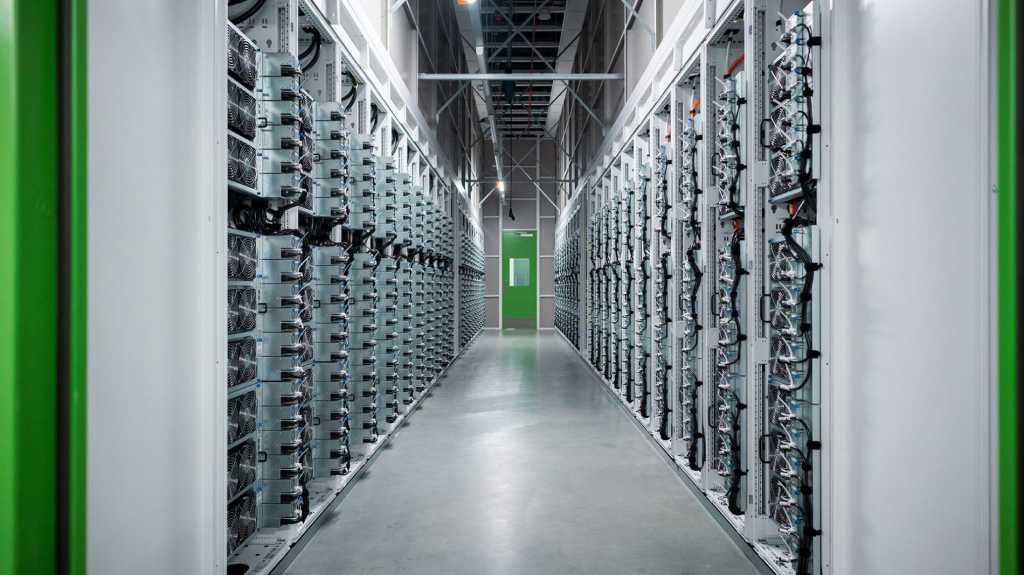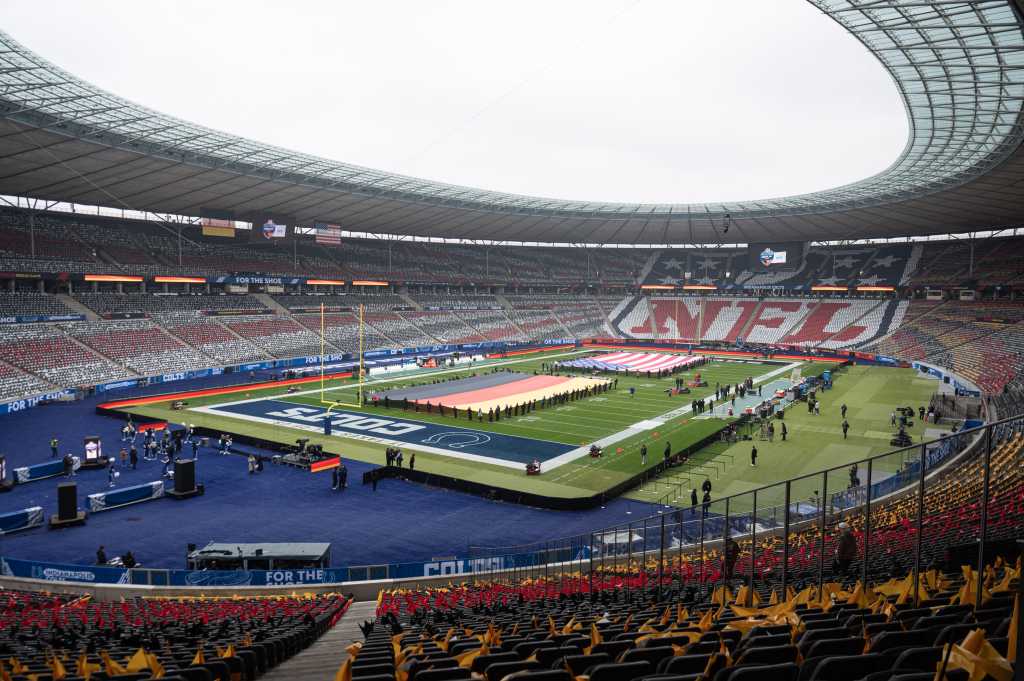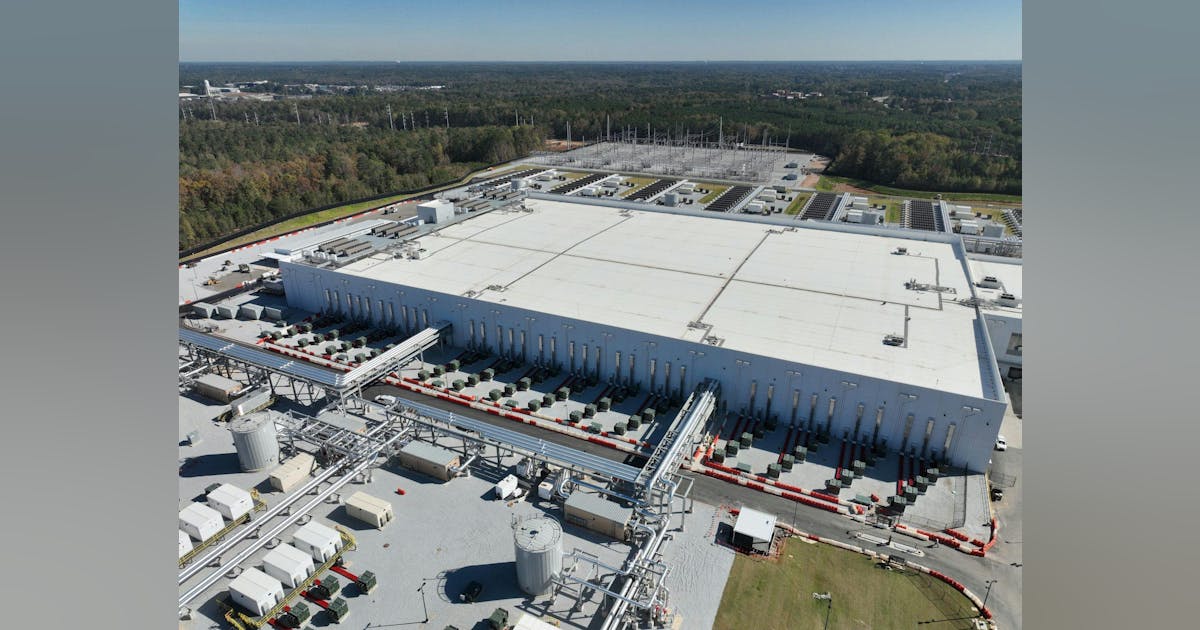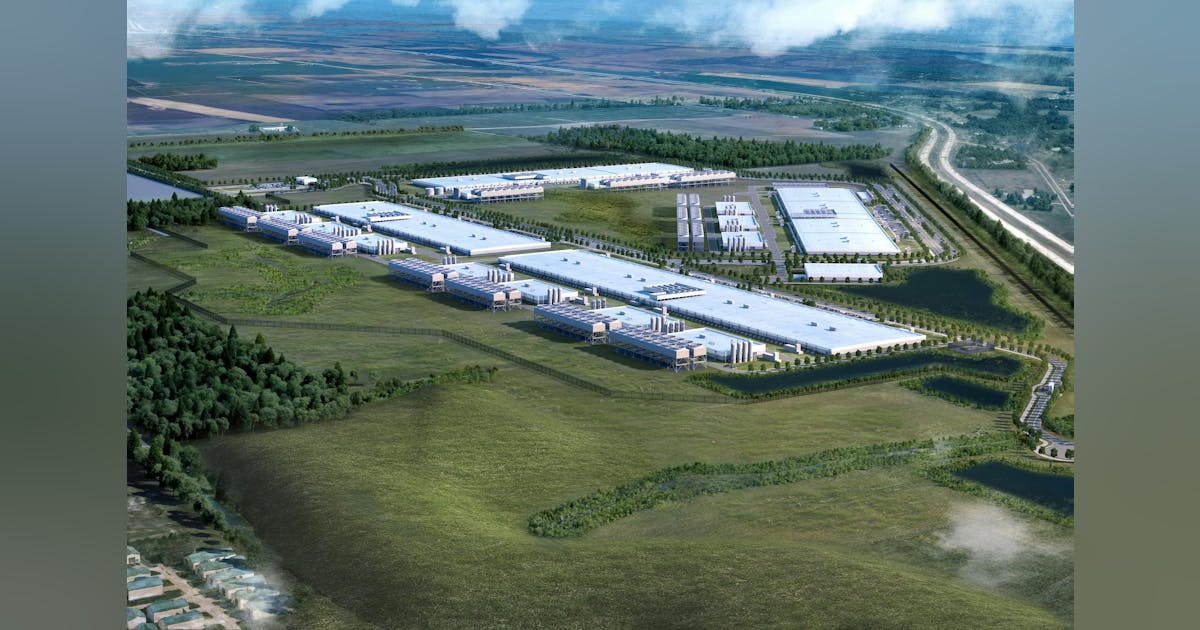
Microsoft did not immediately respond to a request for comment.
Microsoft’s constraints
Analysts say the twin departures mark a significant setback for Microsoft at a critical moment in the AI data center race, with pressure mounting from both OpenAI’s model demands and Google’s infrastructure scale.
“Losing some of the best professionals working on this challenge could set Microsoft back,” said Neil Shah, partner and co-founder at Counterpoint Research. “Solving the energy wall is not trivial, and there may have been friction or strategic differences that contributed to their decision to move on, especially if they saw an opportunity to make a broader impact and do so more lucratively at a company like Nvidia.”
Even so, Microsoft has the depth and ecosystem strength to continue doubling down on AI data centers, said Prabhu Ram, VP for industry research at Cybermedia Research.
According to Sanchit Gogia, chief analyst at Greyhound Research, the departures come at a sensitive moment because Microsoft is trying to expand its AI infrastructure faster than physical constraints allow.
“The executives who have left were central to GPU cluster design, data center engineering, energy procurement, and the experimental power and cooling approaches Microsoft has been pursuing to support dense AI workloads,” Gogia said. “Their exit coincides with pressures the company has already acknowledged publicly. GPUs are arriving faster than the company can energize the facilities that will house them, and power availability has overtaken chip availability as the real bottleneck.”





















